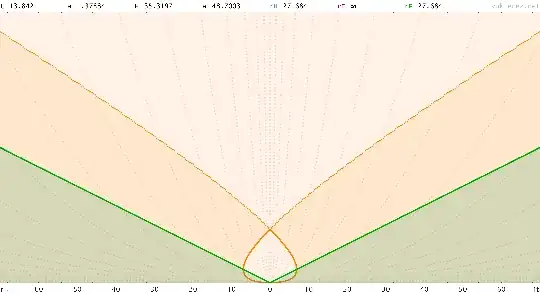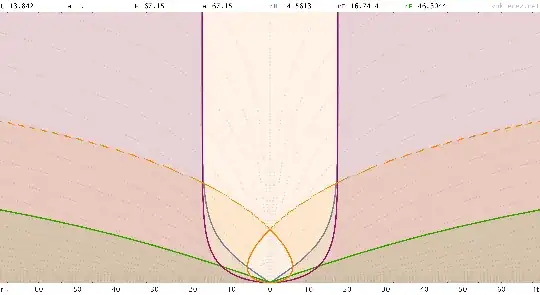Here's an article illustrating the relative magnitudes of radiation pressure vs. gravitational attraction of the Earth and the Sun.
So, if we want to know how hard the Sun pushes on the Earth, we need to know how many photons are hitting the Earth per second. This is a really huge number, that we can roughly estimate by taking the total power of sunlight reaching the Earth-- about $10^{17}$ watts, where a watt is one joule of energy delivered per second-- and dividing by the energy of a single photon. Using $500\ \mathrm{nm}$ as a sort of average wavelength, this comes out to around $5 \times 10^{35}$ photons per second. Multiply that by the momentum per photon, and you get the total force, which is something like $6.6 \times 10^8 N$.
These are absurdly big numbers, but roughly speaking, that's about the weight of an object with a mass of 70,000 metric tons. That's five-and-a-bit times the mass of the CMS detector at the Large Hadron Collider, so even a superhero would strain to hold it up.
This is not, however, a significant force when you start talking about the interaction between the Earth and the Sun. For one thing, even if this were the only force acting on the Earth, the resulting acceleration would be ridiculously small-- around $10^{-16}\ \mathrm{m/s^2}$. If you let that force push on the Earth for the entire age of the universe from the Big Bang to today, the Earth would be moving at maybe $50\ \mathrm{m/s}$.
Of course, that's not the only force acting between the Earth and the Sun. The gravitational force of the Sun on the Earth is about $1\times10^{23}\ \mathrm{N}$, which is a bit more than a hundred trillion times the radiation pressure force. So, while the Sun does, in fact, push on the Earth pretty hard by (super)human standards, it's not anything you need to worry about when thinking about the motion of planets in the Solar System.
The gravitational attraction of the Sun on the Earth is roughly 15 orders of magnitude larger than radiation pressure of the Sun on the Earth. It's true that the Sun is far closer to the Earth compared to the extragalactic distances you're thinking of, but the Sun is also much brighter (as seen from the Earth) than these other galaxies. At cosmological distances, gravitational forces still dominate.
That said: there was a period in the very early universe where radiation dominated the universe's expansion. It ended early, however, since radiation's energy density decreases faster than matter's (which in turn decreases faster than dark energy's - it is why dark energy is dominating expansion currently).

